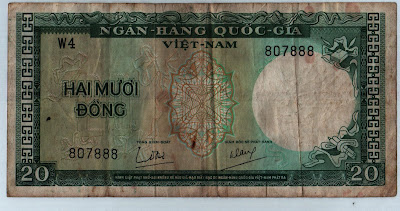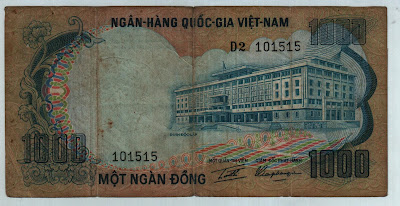South Vietnam was a state which governed southern Vietnam until 1975. It received international recognition in 1950 as the "State of Vietnam" (1949–55) and later as the "Republic of Vietnam" (1955–75). Its capital was Saigon. The terms "South Vietnam" and "North Vietnam" became common usage in 1954 at the time of the Geneva Conference, which partitioned Vietnam into communist and non-communist zones at the 17th parallel.
South Vietnam's origins can be traced to the French colony of Cochinchina, a subdivision of French Indochina, which consisted of the southern third of Vietnam. After World War II, the Việt Minh, led by Ho Chi Minh, proclaimed Vietnamese independence in Hanoi. In 1949, non-communist Vietnamese politicians formed a rival government in Saigon led by former emperor Bao Dai. Bao Dai was deposed by Prime Minister Ngo Dinh Diem in 1955, who proclaimed himself president after a fraudulent referendum. After Diệm was deposed in a military coup in 1963, there was a series of short-lived military governments. General Nguyen Van Thieu led the country from 1967 until 1975. The Vietnam War began in 1965 with an uprising by Việt Cộng forces supplied by North Vietnam. Fighting climaxed during the Tết Offensive of 1968, when there were over 1.5 million South Vietnamese soldiers and 500,000 U.S. soldiers in South Vietnam. Despite a peace treaty concluded in January 1973, fighting continued until the North Vietnamese army overran Saigon on April 30, 1975.
5 Dong. 1956.
10 Dong. 1955.
20 Dong. 1964.
1000 Dong. 1972.





.jpg)


No comments:
Post a Comment